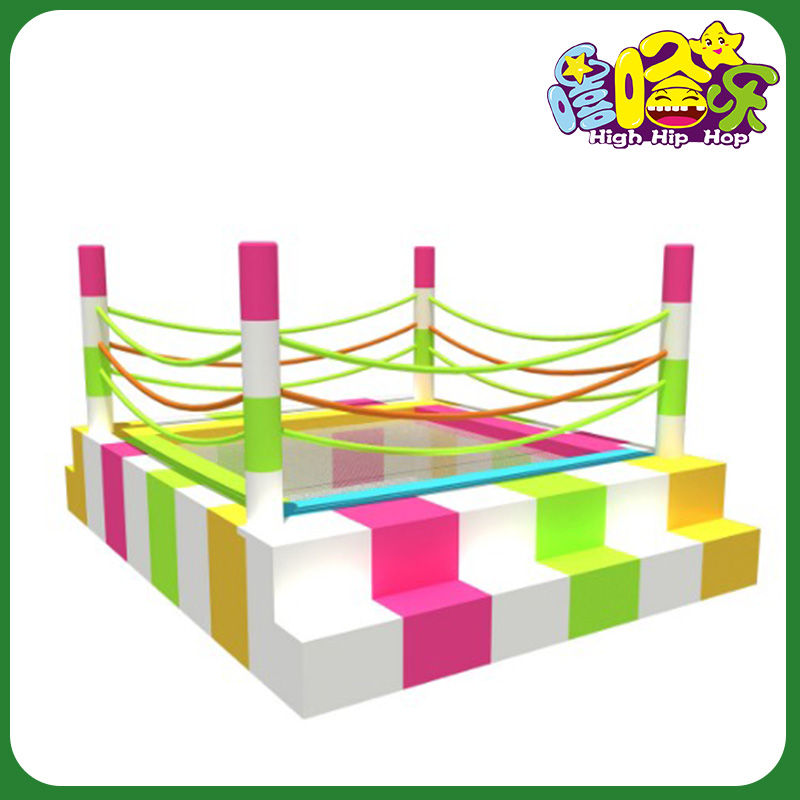Here are some common types of indoor playground equipment
2023-12-26
Indoor playground equipment comes in a variety of forms, each designed to offer children a safe and enjoyable environment for physical activity and creative play. When planning an indoor playground, it's essential to choose equipment that aligns with safety standards, engages children of different age groups, and encourages various types of play. Here are some common types of indoor playground equipment:
1. Climbing Structures: These can include structures like climbing walls, cargo nets, and platforms that promote physical activity, balance, and coordination.
2. Slides: Slides are a classic component of indoor playgrounds. They can vary in size, shape, and design to cater to different age groups.
3. Swings: While traditional swings may not be suitable for indoor spaces, there are alternatives such as indoor swing sets or enclosed swings designed for safety and space considerations.
4. Trampolines: Trampolines provide a bouncy and energetic activity that kids enjoy. Indoor trampolines are often incorporated into the design of playgrounds.
5. Ball Pits: A ball pit filled with soft, colorful balls is a favorite among young children. It's both fun and offers sensory stimulation.
6. Obstacle Courses: Indoor playgrounds can include obstacle courses with tunnels, balance beams, and other features that challenge children's physical abilities.
7. Soft Play Areas: These areas consist of soft foam structures, such as blocks, shapes, and mats, providing a safe space for younger children to explore and play.
8. Interactive Games: Incorporate interactive panels, touch screens, or projection games that engage children in educational and entertaining activities.
9. Themed Play Structures: Create play structures based on themes like castles, jungles, outer space, or underwater worlds, enhancing the imaginative play experience.
10. Mazes: Design indoor mazes with soft barriers, tunnels, and interactive elements for children to navigate.
11. Educational Stations: Include stations with educational games, puzzles, and activities that stimulate cognitive development.
12. Seating and Rest Areas: Provide comfortable seating areas for parents and caregivers to supervise and relax while children play.
13. Crawl Tubes: These enclosed tunnels allow children to crawl through, promoting spatial awareness and exploration.
14. Rope Courses: For older children, rope courses can be integrated, encouraging physical challenges and building strength.
15. Bridges and Tunnels: Add structures like suspension bridges or tunnels to create dynamic pathways within the playground.
When selecting indoor playground equipment, it's crucial to consider factors such as safety, durability, ease of maintenance, and compliance with relevant regulations. Additionally, the equipment should be age-appropriate and provide a diverse range of activities to cater to children of different ages and interests. Regular inspection and maintenance of the equipment are also essential to ensure a safe and enjoyable play environment.



